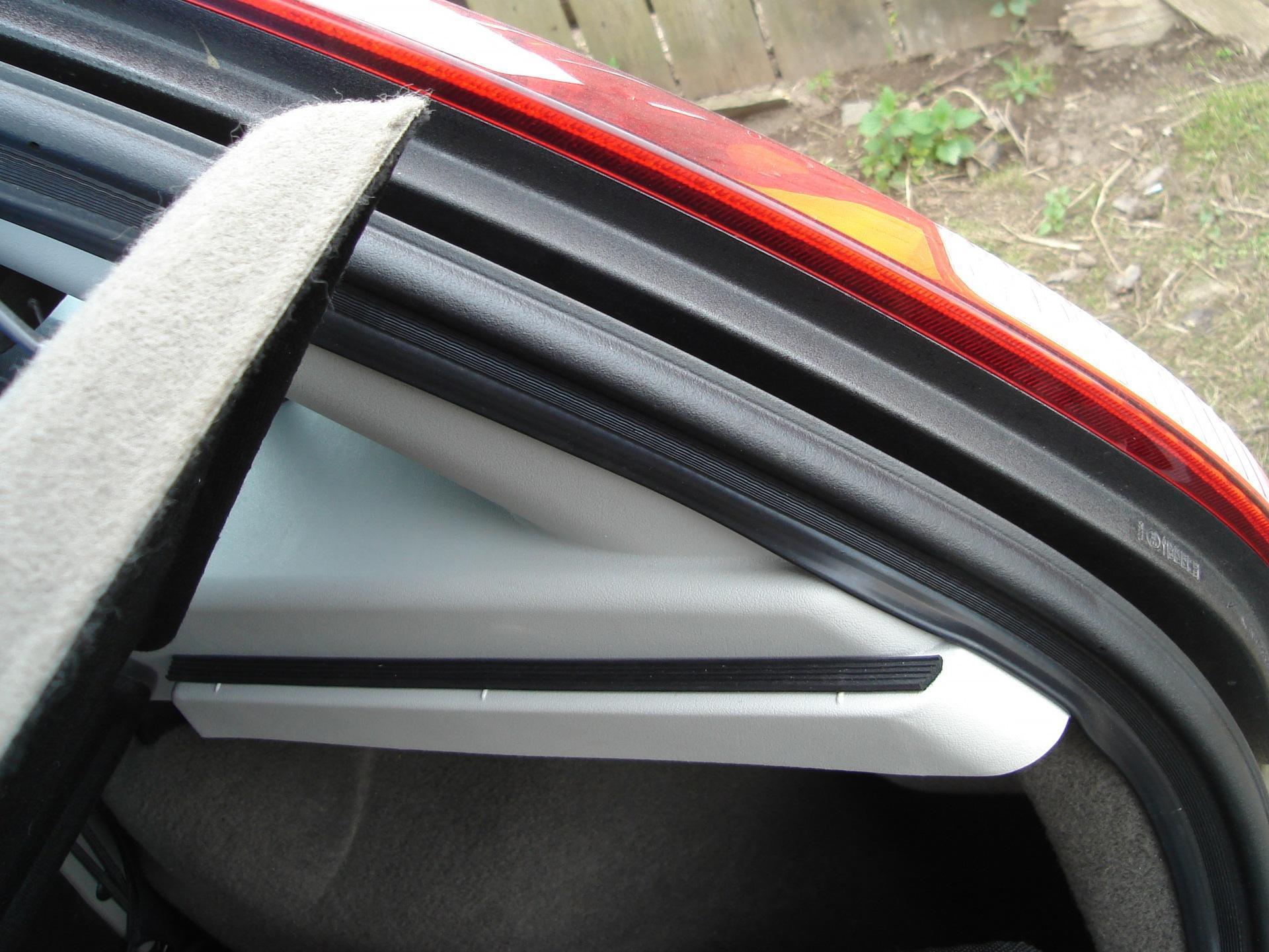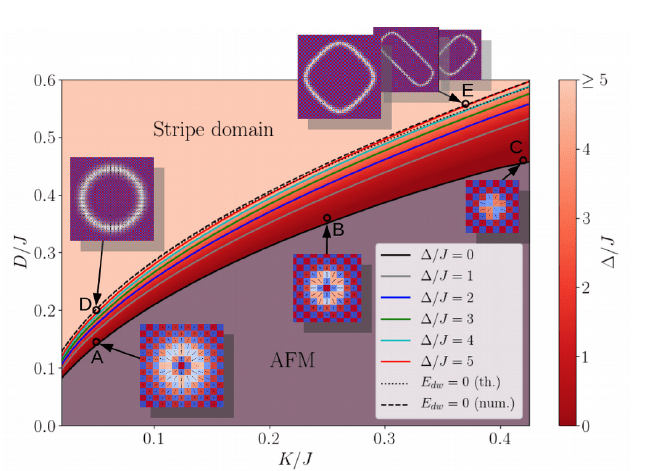
Moto test: Yamaha Tricity 125
This is why, while collecting the keys to the all-new Mile Zero Tricity, I wondered what the Japanese had collected. First, because Tricity is priced at 3.595 euros for almost half the price of other rare but comparable competitors. Secondly, because in the factory presentation materials it is written that one of the engineers who also tuned the racing Yamaha Rossi was responsible for the development of this scooter.
Katsuhiza Takano, as he himself says, had no idea about scooters before, so his inexperienced motorcycle wife helped him develop. But what should an engineer do together, who is accustomed to listening to the requirements and advice of a motorcycle ace and his wife? Basically, they developed a fully durable three-wheel city scooter.
The technical design is quite simple, but it is much cheaper and simpler. The comparable three-wheeled Piaggio MP3 Yourban (not sold here with a 125cc engine) weighs 211 kilograms, while the Yamaha Tricity is significantly lighter at 152 kilograms. It's true that the Tricity can't stand alone without a side or center kickstand, but it doesn't fall far behind the Italian along the way. The slopes the Tricity can handle are just as deep, but unfortunately they are also limited by the center stand. Due to the traction provided by the three wheels, it touches the pavement too quickly.
Unfortunately, Yamaha has already taught us that their scooters are very rigid. In the case of the Tricity, this is especially true of the rear wheel shock and spring, but since potholes are hard to avoid on a three-seater, comfort isn't the most prominent feature of this scooter. To make the back and buttocks feel this disadvantage even more, a modestly upholstered seat helps. Most likely, for a very simple reason - to leave more space under it. Unfortunately, even here in terms of capacity, the Yamaha scooter doesn't offer much luxury compared to the competition. You can fit a helmet under the seat, but even a slightly larger laptop or folder can be too big, and accessibility is hampered by the lack of seat support to either hold up or tilt forward on the handlebars, which is necessary. anyway, turn right.
In terms of practicality, unfortunately, the scooter is not the best. That the main designer of this scooter is from racing waters is also confirmed by the fact that more attention has been paid to the feel on it than to the skiing around this scooter. There is plenty of space here, despite the relatively modest external dimensions. The driver's feet are low, so even tall people do not have enough knee room, they sit very straight. The handlebars are wide enough to make it easy to maneuver, and the brakes should be great too.
In terms of equipment, the Tricity is quite an average scooter. The dashboard informs the driver of the most basic information, there is a hook for carrying bags and that's it. In fact, a scooter designed exclusively for urban use doesn't even need one anymore. Another issue that surpasses this scooter is tough Slovenian legislation. Due to the track width requirements and the presence of a foot brake, the Tricity does not pass the category B exam. But this is already a voter's question. The Tricity is a scooter that really doesn't convince with a wide variety of electronic sweets, plenty of space and an ideal level of comfort. However, it will certainly perform very well in the area that matters most for tricycle scooters. This is safety. For some, it is at the top of the list of requirements.
text: Matthias Tomazic
Basic data
Test model cost: 3.595 €
Technical information
engine: 124,8 cm3, single-cylinder, four-stroke, liquid-cooled.
Power: 8,1 kW (11,0 km) at 9.000 rpm
Torque: 10,4 Nm at 5.550 rpm / Min.
Energy transfer: automatic infinite variator.
Frame: steel pipe.
brakes: double disc 220 mm at the front, disc 230 mm at the rear.
Suspension: front telescopic fork, rear swingarm with vertically mounted shock absorber.
Tires: front 90/80 R14, rear 110/90 R12.
Growth: 780 mm.
Fuel tank: 6,6 l.
Weight: 152 kg.

